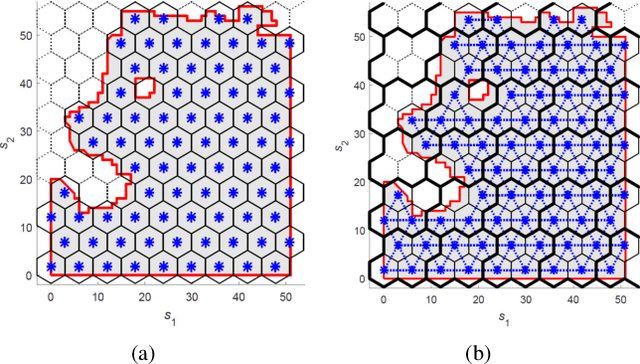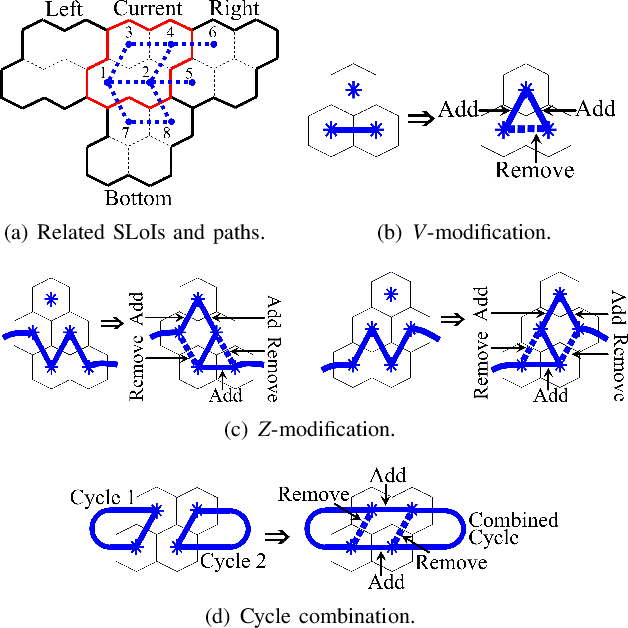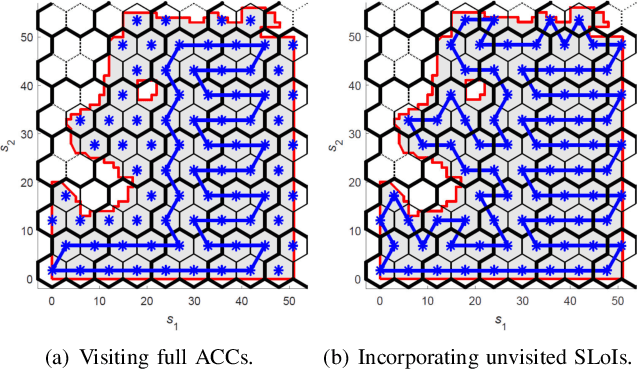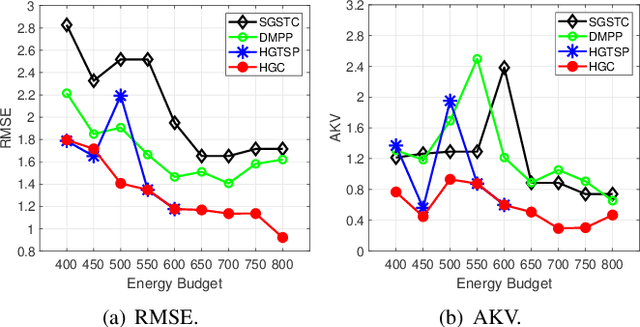Coverage Sampling Planner for UAV-enabled Environmental Exploration and Field Mapping
Paper and Code
Jul 12, 2019



Unmanned Aerial Vehicles (UAVs) have been implemented for environmental monitoring by using their capabilities of mobile sensing, autonomous navigation, and remote operation. However, in real-world applications, the limitations of on-board resources (e.g., power supply) of UAVs will constrain the coverage of the monitored area and the number of the acquired samples, which will hinder the performance of field estimation and mapping. Therefore, the issue of constrained resources calls for an efficient sampling planner to schedule UAV-based sensing tasks in environmental monitoring. This paper presents a mission planner of coverage sampling and path planning for a UAV-enabled mobile sensor to effectively explore and map an unknown environment that is modeled as a random field. The proposed planner can generate a coverage path with an optimal coverage density for exploratory sampling, and the associated energy cost is subjected to a power supply constraint. The performance of the developed framework is evaluated and compared with the existing state-of-the-art algorithms, using a real-world dataset that is collected from an environmental monitoring program as well as physical field experiments. The experimental results illustrate the reliability and accuracy of the presented coverage sampling planner in a prior survey for environmental exploration and field mapping.
 Add to Chrome
Add to Chrome Add to Firefox
Add to Firefox Add to Edge
Add to Edge